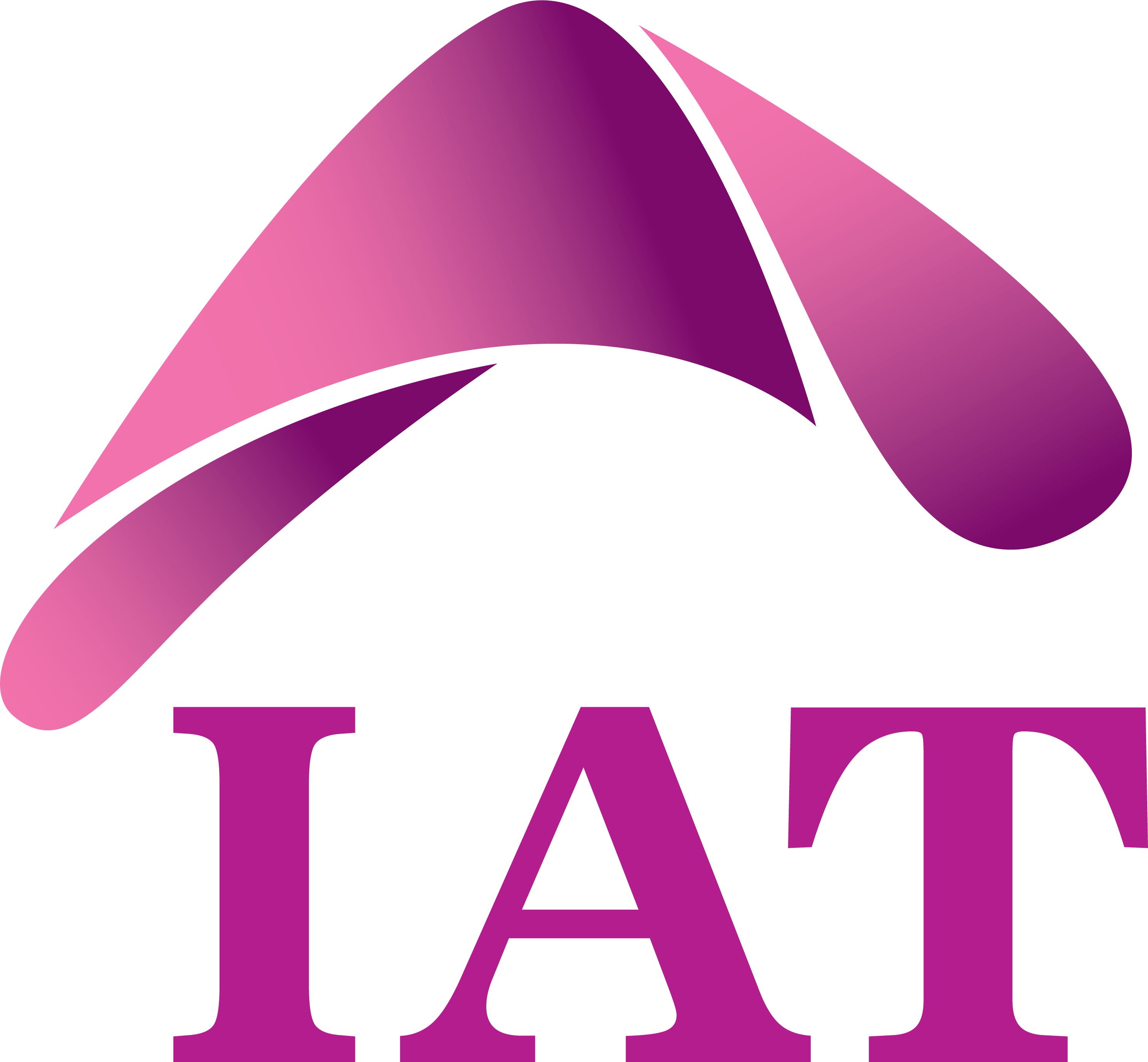Diploma in Information Technology
Institute of Advanced Technologies (IAT) is established by experienced teachers who worked for educational institutions in many years and have a strong technical expertise in IT industries. IAT is committed to delivering the highest quality training courses with best educational programs on the latest technologies.
We provide educational support, practical resources and leading research to help those in Operating Systems, Enterprise Networking, Virtualization, Cloud Computing, Cyber Security, Data Center Design, Data Science, Artificial Intelligence, Software Development and Business fields.
We offer Information Technology (IT) diploma courses for undergraduate students. IAT Diplomas are designed to equip students with practical skills, self-development, specialized knowledge, and understanding that they need to progress in their learning paths. The diploma programs also emphasize assessment, academic and non-academic supports that student need to complete their chosen career paths.
We are grateful to the professional bodies who have shared their resources and expertise to help us develop “Diploma in Information Technology”. We have established a partnership with esteemed academy institutions, and our thanks go to VMware IT Academy, Amazon Web Services (AWS) Academy, Palo Alto Academy and Oracle Academy.
Purpose of the IT Diploma
The purpose of an IT diploma course is to provide students with the knowledge and skills necessary to pursue a career in the field of information technology. IT diploma courses aim to equip students with a solid foundation in technical skills relevant to the IT industry through hands-on exercises, projects, and assignments, students gain proficiency in utilizing various IT tools, software, programming languages, and technologies.
Objectives of the IT Diploma
The objectives of the Diploma in Information Technology are:
- To provide students with a strong foundation of technical knowledge and skills in various areas of information technology
- To develop problem-solving skills and gain practical experience in applying their technical knowledge
- To equip students with skills that are relevant and in demand in the job market
- To align with industry standards and emerging technologies, ensuring that graduates are well-prepared for the requirements of the IT industry
- To develop well-rounded professionals who can effectively contribute to the workplace
- To enhance students’ employability and readiness for entry-level IT positions
- To instill a mindset of lifelong learning in students, encouraging them to stay updated with new technologies, industry trends, and professional development opportunities throughout their careers
First Semester Units
Unit 1: Computer Systems
- Hardware Components and Subsystems
- Data Representation in Computer System
- CPU Architecture
- Operating System Fundamentals
- Computer Memory Architecture
Unit 2: Network Technologies
- Networking Fundamentals
- Models and Protocols
- Network Links
- Physical Network
- Data Transmission
- IP and Subnetting
- Networking Devices and Operations
Unit 3: Data Structures & Algorithms
- Data Structures
- Data Structure Operations
- Arrays/Pointers/Linked Lists
- Operations on Linked Lists
- Stacks/Queues
- Sorting/ Searching
Unit 4: Database Technologies
- Overview of Database Systems
- MySQL Server 8.xxx Installation
- Database Design
- The Relational Model
- Logical Database Design and the Relational Model
- SQL: QUERIES, Constraints and Triggers
Unit 5: Software Development Techniques
- HTML Basics
- Configuring color and text with CSS
- Visual Elements and Graphics
- Page Layout
- Links and Mobile Web page Layout
- Web Design
- Forms
- JavaScript — An Object-Based Language
- String Manipulation, Date, Time, and Timers
- Java Foundations (Independent Learning)
- ReactJS (Guided Learning)
Second Semester Units
Unit 1: Data Visualization & Analytics
- Data-Driven Organizations
- The Elements of Data
- Design principles and patterns for Data Pipelines
- Securing and Scaling the Data pipeline
- Ingesting and Preparing Data
- Ingesting by Batch or by Stream
- Storage in the modern data architecture
- Big data processing concepts
- Processing Data for ML
- Visualizing Data with Power BI
- Analyzing Data with Power BI
Unit 2: Cloud Computing
- Cloud Concept Overview
- Cloud Economics and Billing
- AWS Global Infrastructure Overview
- AWS Cloud Security
- Networking and Content Delivery
- Compute
- Storage
- Databases
- AWS Well-Architected Framework and Other AWS Services
Unit 3: IT Security Essentials
- Network Traffic Analysis
- Assess risks to IT Security
- Security Measures against the Risks
- Organizational IT Security
Unit 4: IT Project Management
- Introduction to Project Management
- Overview of PMBOK
- Project Initiating Phase
- Project Planning Phase: Scope Management
- Project Planning Phase: Schedule Management
- Project Planning Phase (Cost & Quality Management)
- Project Planning Phase (Resource & Communication Management)
- Project Planning Phase (Risk, Procurement & Stakeholder Management)
- Project Executing Phase
- Project Monitoring & Controlling Phase / Project Closing Phase
Unit 5: Business Strategy
- Strategy Fundamentals
- Business Strategy
- Marketing
- Digital Marketing
- Technological Strategy Management

